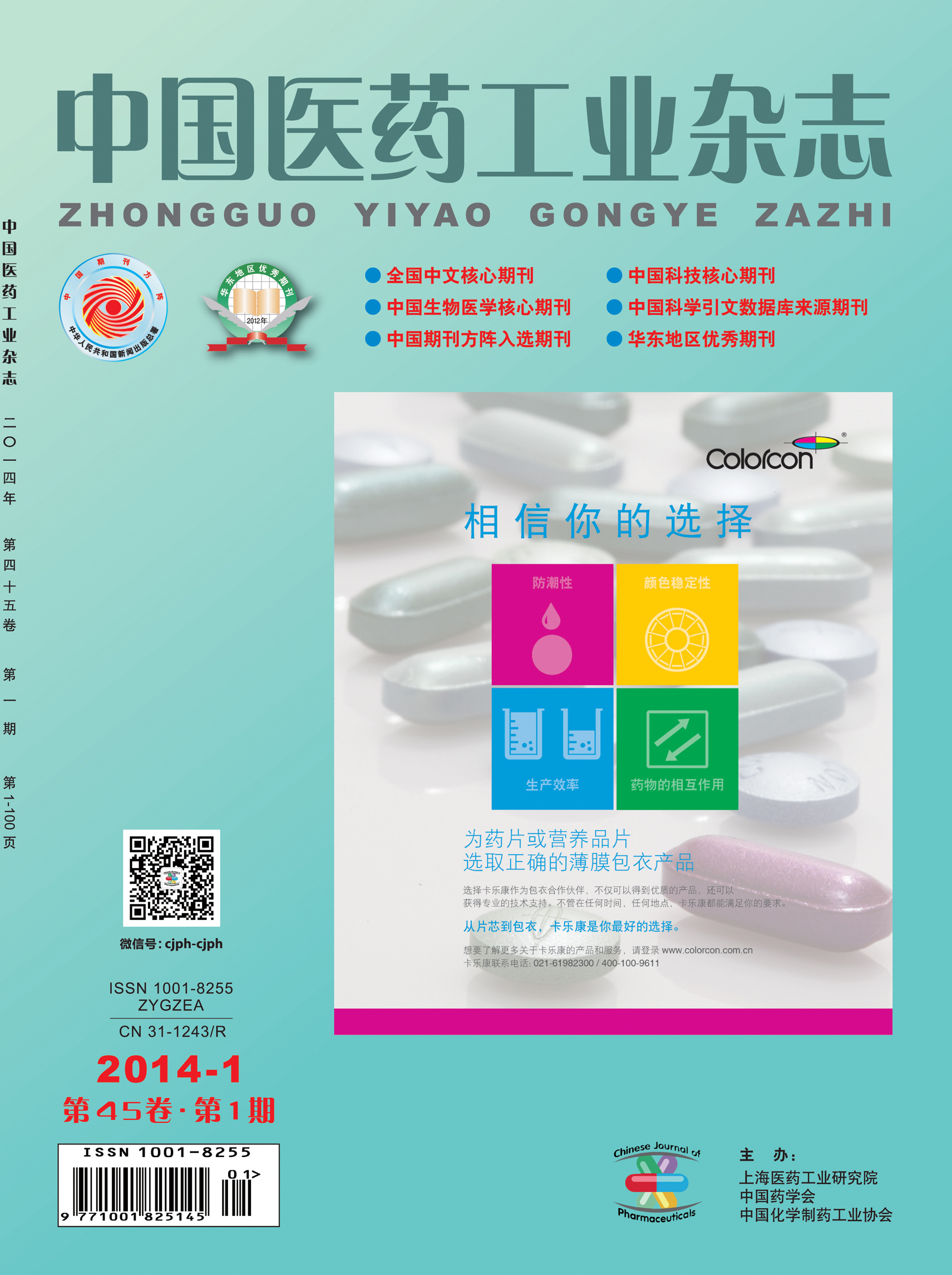CHEN Lingwu, ZHANG Haibo, LIANG Huixing, LIU Hongchang, LU Xianfeng
2014, 45(1): 1-4.
8-Chloro-6,7-difluoro-1-[(1R,2S)-cis-2-fluoro-1-cyclopropyl]-1,4-dihydro-4-oxoquinoline-3- carboxylic acid(11) was obtained from ethyl 2,4,5-trifluoro-3-chlorobenzoacetate through the one-pot method of condensation with triethyl orthoformate, substitution with (1R,2S)-2-fluorocyclopropylamine and hydrolysis with hydrochloric acid, and then compound 11 was converted into sitafloxacin via the substitution with (S)-(–)-tert-butyloxycarbonylamino-5-azaspiro[2,4]heptane and deprotection through trifuoroacetic acid with the overall yield of about 60% and the HPLC purity of 99.9%.
